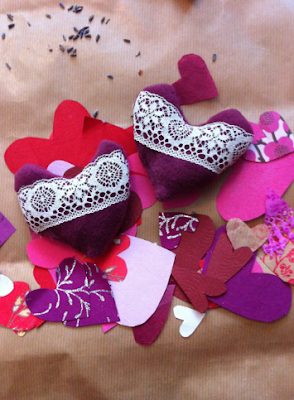I have been meaning to post a photo for a while of this little beauty that I received as a gift from my parents for graduating. It is a miniature sewing machine (which actually works by turning the handle!) with a tiny needle felted wren perching on top. I am especially fond of its name 'Little Betty' since Betty is also the name of my cat!
My house is full of trinkets and treasures which I have collected over the past few years - If I see something interesting or unusual at flea markets, vintage fairs or charity shops I can't resist buying them! Each piece has its own history and story and I like to imagine who they belonged to before me or who created them. To me these are the things that make my house a home, so I will go on collecting until I eventually run out of room!






















